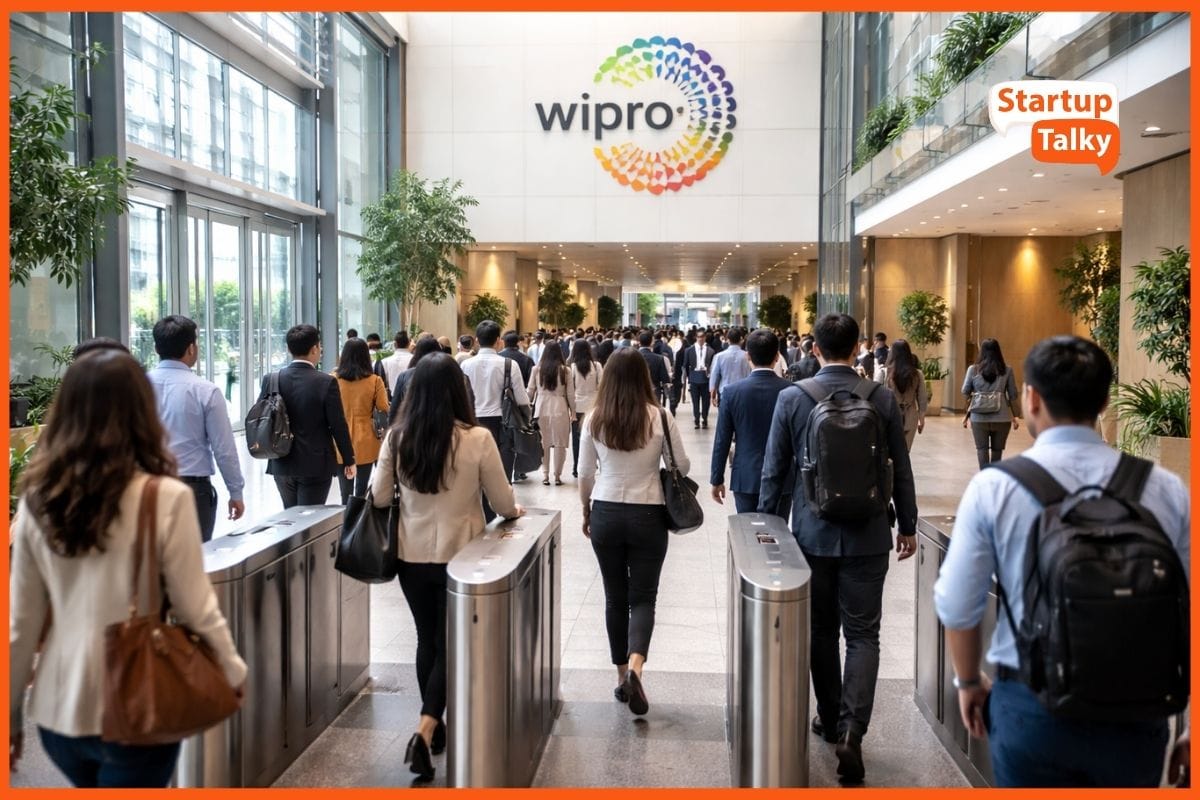What Is Distributed Workforce and How to Manage It | Key Features & Benefits
📖 Learning
In recent years, many companies have started embracing a new work model known as a distributed workforce. This shift has been further accelerated by the global COVID-19 pandemic, which has forced organisations to adapt and find innovative ways to keep their operations running smoothly. In this comprehensive guide, we will explore the concept of a distributed workforce, its key features, and benefits as well as provide practical tips for effectively managing this type of team.
Understanding the Distributed Workforce
Key Features of a Distributed Workforce
Benefits of a Distributed Workforce
Managing Your Distributed Workforce Effectively
Understanding the Distributed Workforce
A distributed workforce, also referred to as a blended work model, is a work arrangement where a company intentionally hires employees across different geographical locations instead of a single designated office. This model allows businesses to tap into a global talent pool and expand their operations beyond traditional boundaries. It is important to note that a distributed workforce is not the same as remote work, although the two concepts are often used interchangeably.

Key Features of a Distributed Workforce
A distributed workforce comprises several important elements that make up its unique structure:
1. Geographic Distribution
The geographic dispersion of employees is a fundamental aspect of a distributed workforce. It enables companies to establish a greater international presence, access talent beyond borders, and align with their strategic objectives.
2. Find the Right Tools
An efficient network infrastructure is crucial for maintaining seamless collaboration and connectivity among distributed team members. It encompasses the hardware and software that facilitate communication, file sharing, and task management, ensuring that employees can work together regardless of their location.
3. Satellite Tools
In addition to remote work, many distributed workforces have satellite offices in various locations. These offices serve as additional branches and provide employees with physical workspaces when needed. They can also help reduce costs and provide a more localized presence.
4. Work-From-Home/Field Service Policy
A well-defined work-from-home or field service policy is essential for distributed workforces. It ensures that employees have clear guidelines on how to effectively carry out their responsibilities outside of traditional office settings. This policy should address aspects such as communication protocols, work hours, and performance expectations.
5. Domestic and International Dispersed Employees
Distributed workforces consist of employees dispersed across both domestic and international locations. This diversity allows companies to tap into a wide range of skills and expertise, fostering innovation and global perspectives.

Benefits of a Distributed Workforce
The distributed workforce model offers numerous benefits for both companies and employees. Let's explore some of the key advantages:
1. Cost Savings
One of the primary attractions of a distributed workforce is the cost savings it offers companies. By reducing the need for centralised office space, businesses can minimise expenses related to rent, utilities, and office equipment. Additionally, hiring talent from different locations can help lower labor costs and reduce turnover rates.
2. Flexibility and Work-Life Balance
Distributed workforces provide employees with greater flexibility and work-life balance. By eliminating long commutes and offering remote work options, companies can improve employee satisfaction and well-being. This, in turn, leads to higher retention rates and increased productivity.
3. Access to Global Talent
Embracing a distributed workforce allows companies to tap into a global talent pool. By hiring employees from different regions and cultures, organisations can bring diverse perspectives and skills to their teams. This diversity fosters innovation and creativity, driving the company's success in an increasingly interconnected world.
4. Reduced Carbon Footprint
With fewer employees commuting to a central office, distributed workforces contribute to a significant reduction in carbon emissions. This environmentally friendly approach aligns with sustainability goals and demonstrates the company's commitment to social responsibility.

Managing Your Distributed Workforce Effectively
While the distributed workforce model offers numerous advantages, managing such a team requires careful planning and effective strategies. Here are some key tips for successfully managing your distributed workforce:
1. Find the Right Tools
To ensure seamless collaboration and communication, invest in the right network infrastructure and work management software. This includes robust IT systems, such as intrusion protection, routers, gateways, and firewalls, to maintain secure connectivity. Additionally, consider using task management software, like Inch, to optimise workflow efficiency and keep everyone on the same page.
2. Over-communicate
Clear and frequent communication is vital for distributed teams. Frequently communicate with your team members to ensure everyone is on the same page and understands their tasks and goals. One should encourage open dialogue and create a supportive environment where employees feel comfortable asking questions and seeking clarification. Regular check-ins and team meetings can help facilitate effective communication and address any concerns or challenges.
3. Opt For Video Communication
Video communication is a powerful tool for managing a distributed workforce. It allows for face-to-face interactions, fostering a stronger sense of connection and collaboration among team members. One should prioritise video calls over emails or phone calls whenever possible to ensure effective communication and maintain a human touch in virtual interactions.
4. Schedule Regular Meetings
Regular team meetings are essential for keeping the distributed workforce aligned and engaged. These meetings can serve various purposes, such as project updates, brainstorming sessions, or team-building activities. Establish a consistent schedule for these meetings and encourage active participation from all team members. Additionally, consider organizing virtual social events to foster team bonding and maintain a sense of camaraderie.
5. Foster Employee Wellness
Prioritise the well-being of your distributed workforce by promoting work-life balance and employee wellness initiatives. Encourage employees to take breaks, practice self-care, and maintain a healthy work routine. Provide resources and support for mental health and stress management, ensuring that employees feel supported and valued.
6. Set Clear Expectations
Establish clear expectations and guidelines for your distributed team members. Define communication protocols, work hours, and performance metrics. Ensure that everyone understands their roles and responsibilities, as well as the company's overall objectives. By setting clear expectations, you can align your team's efforts and maintain a cohesive work environment.
7. Promote a Strong Company Culture
Even in a distributed workforce, it is essential to foster a strong company culture. Find ways to recognise and appreciate your team members' contributions, whether through virtual celebrations, employee spotlights, or rewards and recognition programs. One should encourage collaboration, teamwork, and a sense of belonging among team members. Regularly communicate the company's values and mission to ensure that everyone feels connected and motivated.
Conclusion
The distributed workforce model represents a paradigm shift in the future of work. By inculcating this innovative approach, companies can tap into a global talent pool, reduce costs, and promote employee well-being. However, effectively managing a distributed workforce requires careful planning, clear communication, and the right tools. By implementing the tips and strategies outlined in this guide, you can successfully navigate the challenges and unlock the full potential of your distributed team. This is the future of work, this is the distributed workforce.

FAQs
What is distributed Workforce?
A distributed workforce, also referred to as a blended work model, is a work arrangement where a company intentionally hires employees across different geographical locations instead of a single designated office.
How does a distributed workforce foster innovation?
Distributed workforces consist of employees dispersed across both domestic and international locations. This diversity allows companies to tap into a wide range of skills and expertise, fostering innovation and global perspectives.
How to manage a distributed team?
Some key tips for successfully managing your distributed workforce include:
- Find the right tools
- Over-communicate
- Opt for video communication
- Schedule Regular Meetings
- Foster employee wellness
- Set clear expectations
- Promote a Strong Company Culture
Must have tools for startups - Recommended by StartupTalky
- Convert Visitors into Leads- SeizeLead
- Website Builder SquareSpace
- Manage your business Smoothly Google Business Suite





